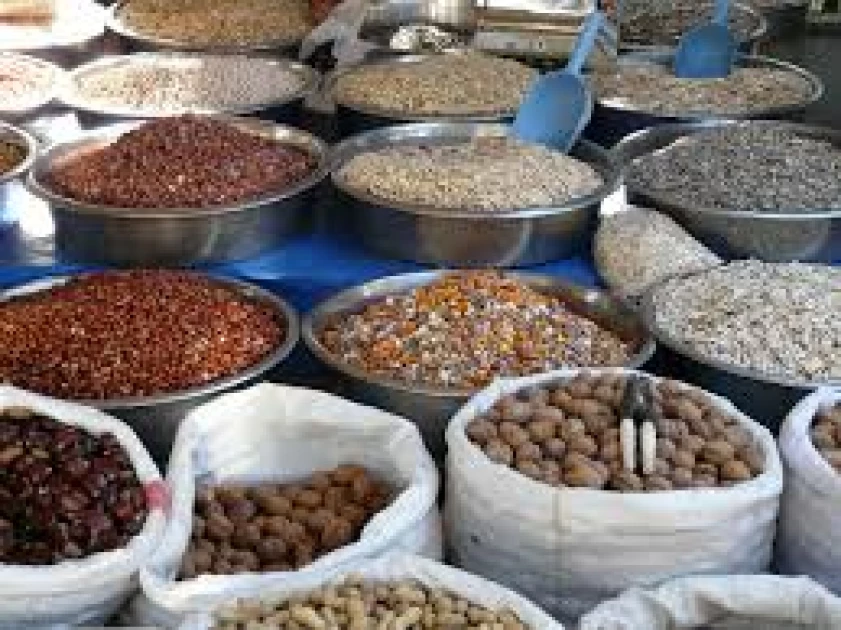
Our Projects are
Transforming African Trade
Quick Contacts
2nd Floor, Fidelity Insurance Centre Waiyaki Way, Westlands

The Eastern Africa Grain Council (EAGC) and TradeMark Africa (TMA) have jointly launched a three-year initiative dubbed “Strengthening Competitiveness in Export-Focused Staple Food Value Chains across East Africa.” This initiative, part of the USAID-funded “Economic Reform and Recovery Activity (ERRA)” program, was launched on April 3rd in Nairobi. The project targets the enhancement of export-oriented staple grains trade and will be rolled out in Kenya, Tanzania, and Uganda.
Kenya is earmarked as the destination market, while Tanzania and Uganda, boasting surplus production, will serve as key suppliers. Amidst the backdrop of volatility and decline in the food commodities trade, the project will address various challenges including inadequate aggregation, informal trading practices, and insufficient integration of farmers into formal trade channels. Issues such as inadequate storage facilities, subpar quality management infrastructure, and a lack of post-harvest handling expertise compound the situation. Moreover, there’s a dearth of information on export market prospects, limited access to quality management services, and inadequate financing for trade and infrastructure development.
With the participation of over sixty stakeholders from the staple grains value chain, the project aims to achieve multiple objectives. Foremost among them is the strengthening of farmer-operated grain business hubs (G-Hubs), leveraging technology to optimize grain production, quality, and trade. Additionally, the initiative seeks to bolster enterprise-level capacities and institutional mechanisms to elevate Sanitary and Phytosanitary (SPS) standards and quality compliance, thereby fostering increased export-oriented grain trade. It also intends to establish and enhance an information hub to inform regional food balance sheets, influence national and regional food security policies, and cultivate an enabling regulatory environment for trade.
Read original article
Disclaimer: The views and opinions expressed in this article are those of the authors and do not necessarily reflect the official policy or position of TradeMark Africa.